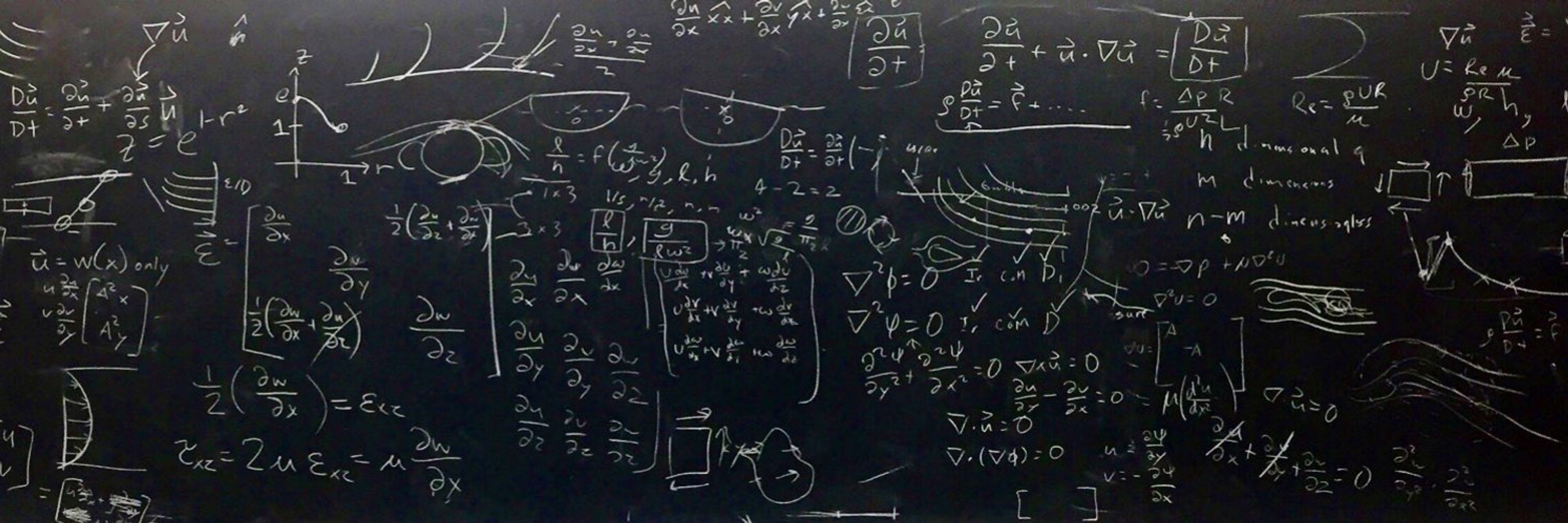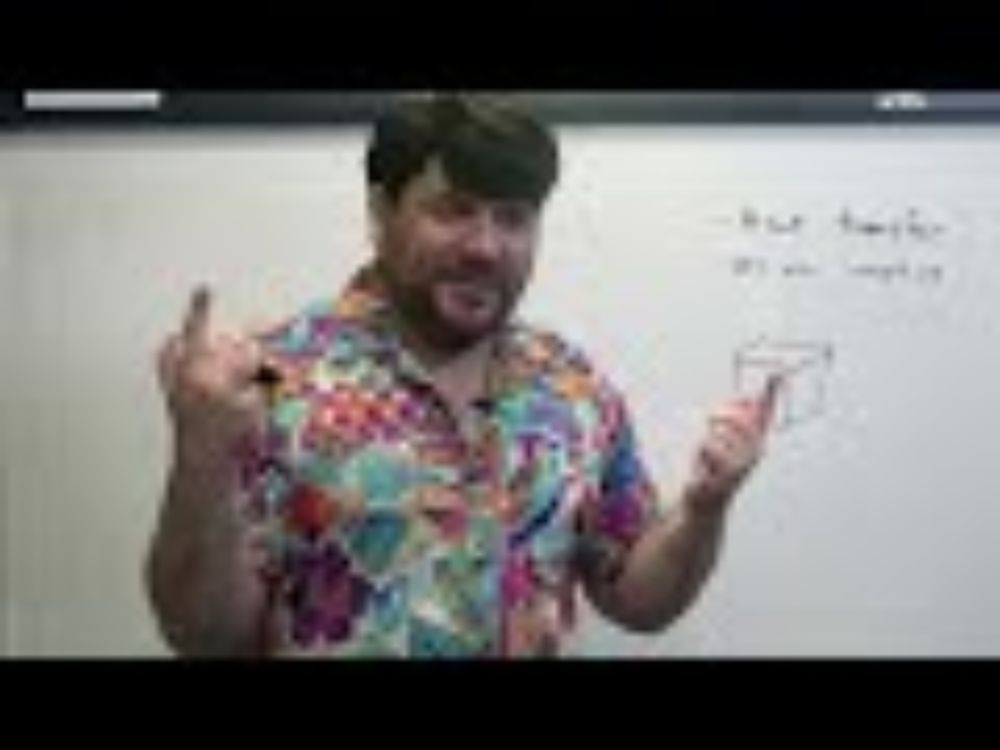
I hope they're useful to someone out there.
I hope they're useful to someone out there.

If you'd like to learn more about heat transfer, I've made my (currently incomplete) summer course lectures on heat transfer available for free on YouTube: check them out if you like!
www.youtube.com/playlist?lis...

If you'd like to learn more about heat transfer, I've made my (currently incomplete) summer course lectures on heat transfer available for free on YouTube: check them out if you like!
www.youtube.com/playlist?lis...
THIS is what makes modeling radiation so hard!
THIS is what makes modeling radiation so hard!
The answer; it doesn't! No heat flow occurs in radiation.
The answer; it doesn't! No heat flow occurs in radiation.
But this idea breaks down for radiation.
But this idea breaks down for radiation.
So this /empirically/ describes the three modes of "heat transfer". How do we model and describe them?
So this /empirically/ describes the three modes of "heat transfer". How do we model and describe them?
Between solids and fluids in contact, or between just fluids, we call that mode "convection". (There's a bit more refinement to these descriptions, but this describes most of it.)
Between solids and fluids in contact, or between just fluids, we call that mode "convection". (There's a bit more refinement to these descriptions, but this describes most of it.)
In short, it's the field of study that seeks to describe how temperature changes, in time and in space, across and within objects. Notice no actual definition of what "heat" is!
In short, it's the field of study that seeks to describe how temperature changes, in time and in space, across and within objects. Notice no actual definition of what "heat" is!
Community always helps!
Community always helps!
1) Using social media as an identifiable person feels like far more of a risk than sensible relative to rewards. You either have to be anonymous (what every big account does now) and/or already secure and fully established in your life and career.
1) Using social media as an identifiable person feels like far more of a risk than sensible relative to rewards. You either have to be anonymous (what every big account does now) and/or already secure and fully established in your life and career.

